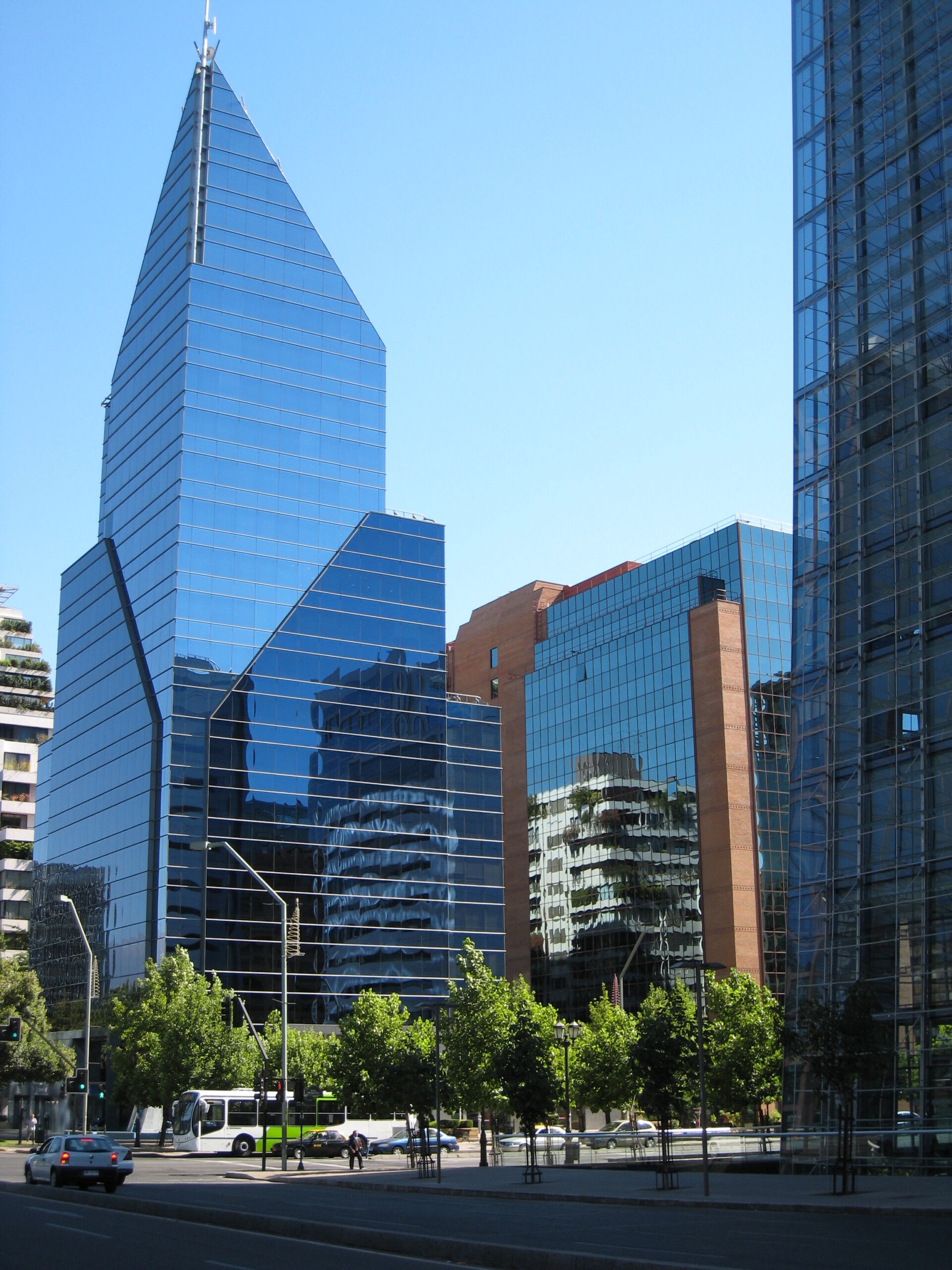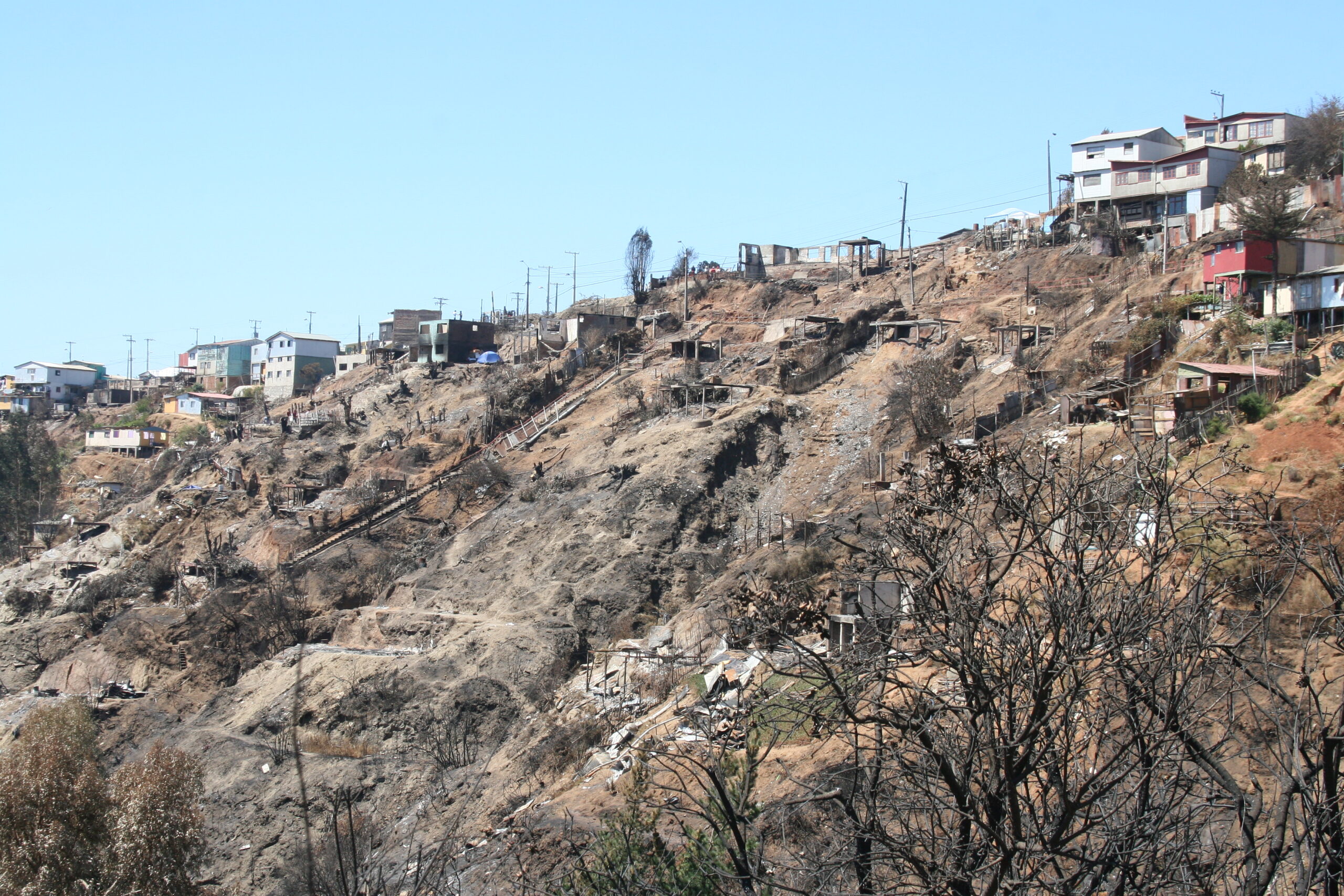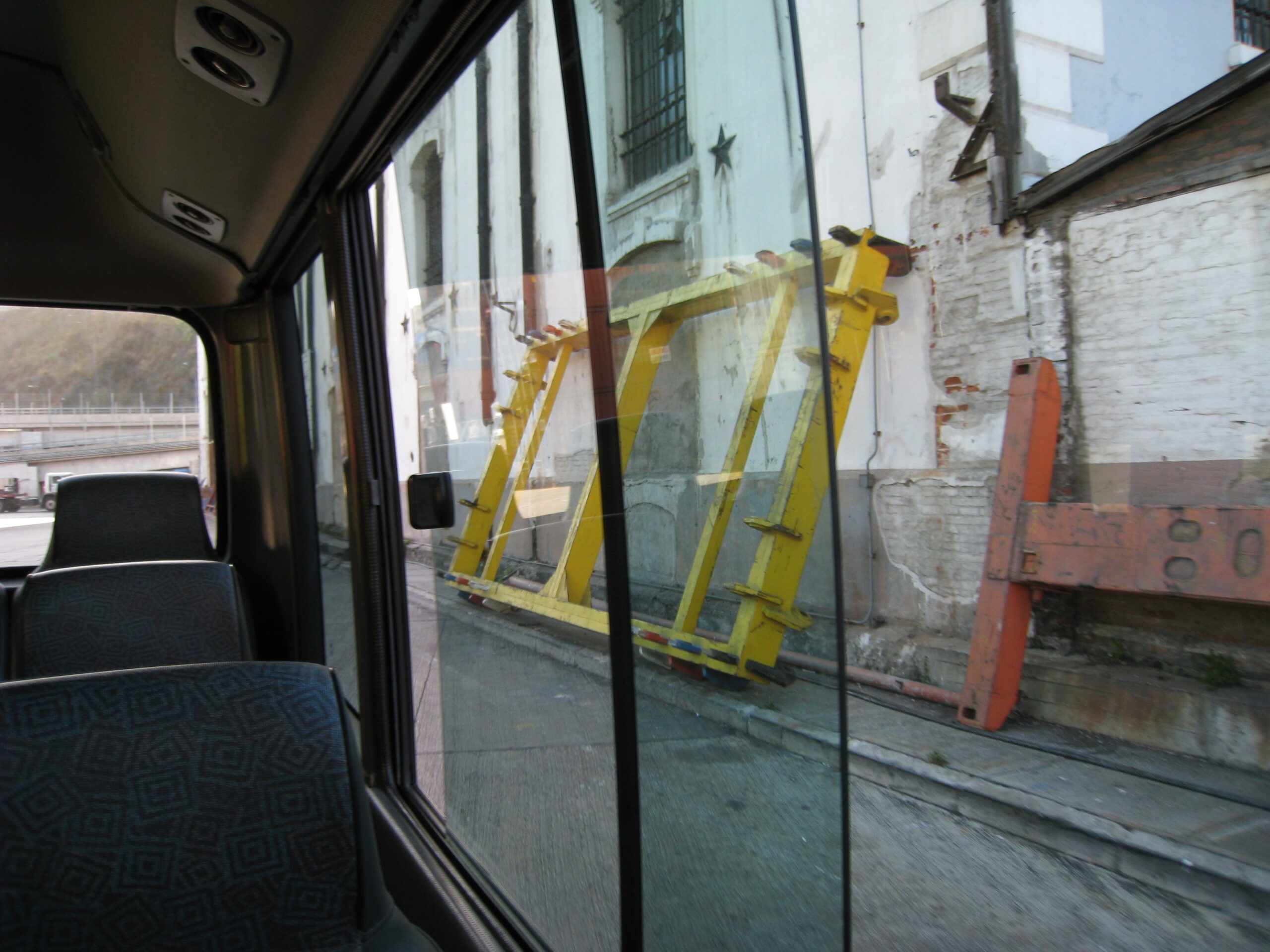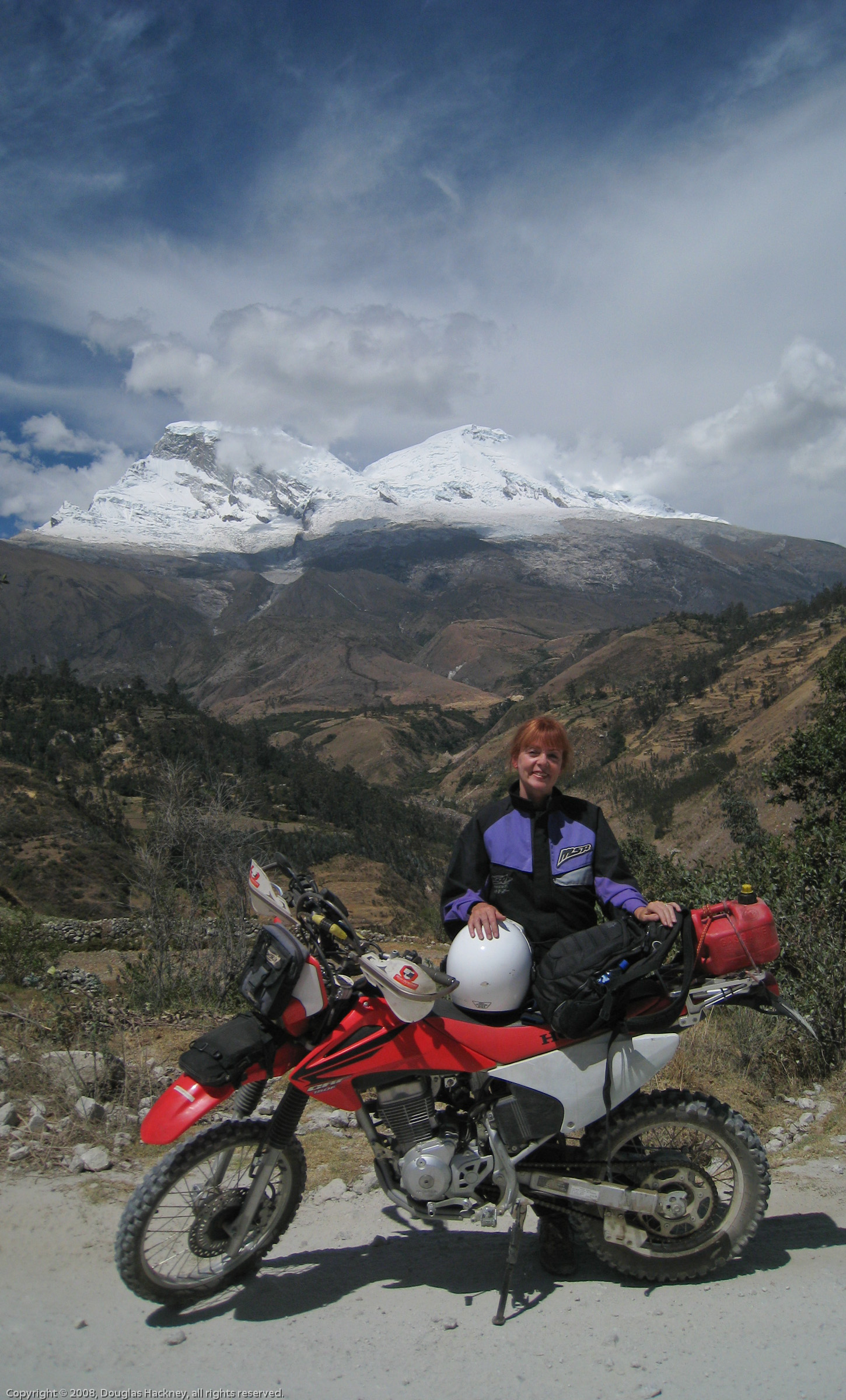
Impressions of Santiago, Valparaiso, Viña del Mar & Riñaca
We spent our first month in Chile in Santiago and the Valparaiso areas.
In general, Chile is a fully developed economy. There is very, very little that is available in the U.S. or Europe that isn’t available here or won’t be within a week or two.
The country is run by accountants, so it is a very different feel than the U.S. which is run by lawyers.
Our Chilean friend, Jorge, is my age. He grew up on a farm in South central Chile. Until he left home in his late teens, he farmed by horse. My grandfather farmed by horse. Chile’s agricultural economy is now fully mechanized.
The point is that Chile’s development has been within the last two generations so it has been very, very rapid. There are isolated pockets of processes and elements of the economy that have been left behind.
These Luddite backwaters and eddies of an otherwise completely modern economy can appear anachronistic to a U.S. or Western European visitor.
Both European and U.S. visitors will recognize familiar products and brands. Chile does not seem very foriegn to these American eyes. Moreso than Canada, about the same as Germany or Spain.
The biggest surprise to me is Chile is much more U.S. centric than Eurocentric. This could trouble some European visitors.
The weather is similar to an inverted Pacific coast of Baja, the U.S. and Canada. The weather in Valparaiso is very, very similar to San Diego. Inland in Santiago is very similar to inland in San Diego county. They also share the same lack of bugs as the San Diego area.
Prices range from incredibly low for some items to major U.S. or European city parity.
Real estate is still relatively low. There is a good sized beachfront home in Viña del Mar for sale for $200,000 USD, albeit 300 meters from a booming disco that rocks until 4AM. Homes in the nice sections of Santiago are $250 to $350k. There is still some ocean front property available.
And just imagine what you could have done before the U.S. dollar lost over 33% of its value in the last couple of years…
The economy is very healthy. Infrastructure investment is everywhere. Commercial and residential real estate developments are everywhere. The cars on the street are generally clean and new, the retail areas are crowded. The economy reflects a thriving middle class with plenty of disposable time and income.
Gaps in the retail economy include:
- Italian food. There is no good pizza and in general the Italian food is miserable. This is surprising considering the long history of Italian immigration.
- Espresso and coffee culture. Starbucks is coming into Santiago, but there is a complete void of decent coffee. The nation drinks Nescafe instant. Espresso and capacino are available at the interstate gas stations for about $1.50 USD.
- Speed featured services. Chile is climbing onto the go-go-go treadmill, so all of the business models that add speed to life will be very viable, i.e. drive through esspresso booths, pick up and deliver dry cleaning, etc.
- Affordable books. Books are incredibly expensive here. As in $60 per title expensive. Chile boasts the highest literacy rate in Latin America but I have no idea what they read.
- Optimized retail POS processes & systems. This is one of the anachronisms in the economy.
- KOA style franchised campgrounds. The camping market segment has propogated across every outlet of retail in the last three years. You can buy camping equipment everywhere from the Home Depot (Easy) to the grocery store (Jumbo). Assuming a stable economy, the RV segments will soon follow. All they need is a reliable, clean and well managed series of campgrounds. There are a few mom and pop campgrounds you could roll up, but a greenfield model would probably be better.
Valparaiso has around 8 million residents, about half the population of Chile. It lies along a river in the inland valley between the coast range and the Andes.
When the city was built the industries located in the southern end of the valley. Unfortunately, the prevailing winds blow North. Between the industrial smoke and the vehicle choked streets, the smog is bad.
Valparaiso is a very old sea port tucked onto the narrow strip of coastline and clinging to the steep hills that rise up off the water. It is not a natural port, and from the mariners standpoint, is more of a roadstead than a harbor.
Viña del Mar and Riñaca are North of Valparaiso and are the home of the summer Presendential home and overrun by summer vacationing Argentinians respectively.
My impressions of Santiago are:
- The quietest major city I’ve ever visited, and I’ve been in most of them except Moscow, Paris and Hong Kong.
- Smoggy
- Lots of infrastructure investment (good use of the copper money windfall)
- Good variety of food
- Diverse (Chile has more of an immigrant history than I was aware of, especially Asians)
- Fully developed
- Fully wired (high bandwidth commonly available)
- Very high prices for books
- All major global corporations, most major U.S. corporations
- Safe for walking tours (We stayed in Los Condes and spent most of our time there, but did explore other areas. Like any city, you must remain aware of yourself, your surroundings and others.)
My impressions of Valparaiso are:
- Oozes character
- Undeserved reputation of danger – you just need to be aware and not stupid
- Fantastic neighborhoods, markets, etc.
- Amazing night life, common to see familes out in the docks area at midnight and later. Club scene starts at 11 and runs until early morning, as in 7-8AM.
- Best assortment of typical Chilean food and seafood
- Strong upside tourism and entertainment opportunities
My impressions of Viña del Mar and Riñaca are:
- Most similar to the Ft. Lauderdale area. The Argentinians fill the role of New Yorkers.
- High end for this economy. Affordable to very affordable for Americans (even with the collapsing dollar), pocket change for Europeans armed with the Euro.
- Unviable during the summer (January & February) when overun by vacationers from Argentina and Santiago, pretty empty otherwise.
- Riñaca is the hot beach / youth area of the country. While not as hedonistic as a Spring Break destination, the demographics skew very young.
In summary, the urban areas of Santiago, Valparaiso, Viña del Mar & Riñaca would feel familiar and comfortable to any American or European. They offer a fully developed economy, a thriving middle class and every modern convenience.
For those so inclined, the true character of Chile, its food, its people and its customs are also all readily available.




